At what point in the music-learning process can creativity be introduced? Maybe when the D-major scale can be played in-tune? Or, could we begin tapping into musical exploration from the first baby steps of plucking strings?
A classically-trained violist, I took over 15 years to take the terrifying plunge from the safety of traditional perfection into vulnerable improvisation.
Instead of being the “man in the arena,” in the words of Teddy Roosevelt (resurrected recently by Brene Brown), I was the critic in the comfort of the stands making mental judgements of fiddlers’ poor posture or pop/indie musicians’ imperfect intonation.
Let me tell you — it’s still plenty scary, and I still gravitate toward the prescriptive. But, I’m slowly learning the fulfillment and enjoyment of venturing into the unknown and unwritten, the imperfect and untested.
Table of Contents
The first steps towards the creative
Ever since beginning my music studies in first grade on piano, I have been a strong music reader. Something about the combination of language and logic just clicks with my brain. So, for many years, I played to this strength of being able to sight-read most music put in front of me, on piano and viola.
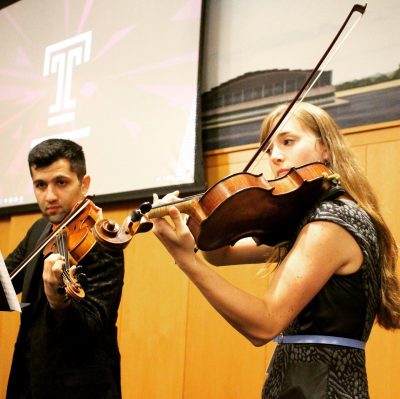
Laura playing a Mozart duet with Azer Damirov at Temple University
In college, I made friendships with jazz musicians at Temple and envied their ability to just play music, whether looking off a chord chart or completely by ear. Some other key impetuses for my journey out of fear and into improv were marrying a creative, confident music composer, joining my church’s accepting, supportive, and grateful worship team, and long-term substitute teaching for Dr. Sarah Gulish upon graduating with my music teaching certificate.
Sarah had her high school orchestra students reading chord progressions (using roman numerals), and some brave souls would then improvise over the group-created progression and rhythm. I could not have conceived of improvising in front of a group at their age. It was such a joyful and stretching experience for me to lead them in a performance (all Sarah’s idea/plan, and she laid the foundations with the students!) of a completely improvised concert piece. Talk about vulnerability and courage.
Applying lessons to my own classroom
My experience as a long-term substitute inspired me to incorporate creative work in my upcoming contracted middle school orchestra teaching position, and the following are a few things I tried:
- I began simply empowering my students to figure out melodies by ear. We first distinguished lower notes from higher notes, and I gradually brought the notes closer and closer until they were a half step apart (any Suzuki-trained teachers recognize this?). The “aha!” looks on students’ faces as they realized their power to play a song they already knew was pretty priceless.
- We also did a tune-of-the-day type of activity where I put untitled sheet music for a pop tune in front of my ensembles, and they had to sight read it and figure out what well-known song it was by ear. With my 8th graders, we would take it one step further to add a chord progression underneath the melody. Students chose notes out of the chords to accompany the melody, and sections took turns trading off playing melody, accompaniment, and bass lines. Of course, nothing in music teaching or teaching in general goes as smoothly as this short description makes it sound — don’t be afraid to try things and revise as you go!
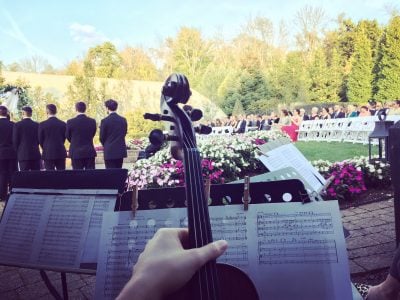
Laura playing at a wedding in 2019
In a college course on music technology and creativity, I made a few “backing tracks” for string player improv, and I experimented with having a private student use just 2-3 notes (Do-Sol or Do-Re-Mi) to improvise over the track. I could almost see her ear engage, and her intonation improved on the spot! I used these (very elementary) tracks here and there in my teaching as well, and student courage increased when playing over a pop/jazz/R&B type of sound – one with which they’re simply more familiar!
Pursuing personal creativity
Some of you may have read my initial post about why I left music teaching. Now, working in higher education administration and pursuing a Masters in HR, I know it is important to me to keep playing music. Not being a part of my full-time employment anymore, musicking now requires more intentionality.
However, I actually feel that my involvement in music holds more meaning now than when I was a teacher. I simply feel I have more mental, emotional, and physical energy to accept gigs, join a community orchestra, jam with my husband, and play in my church’s worship band.
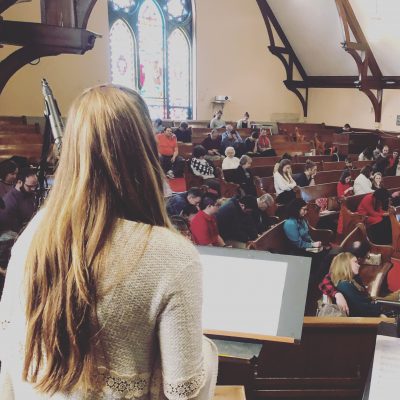
Laura playing on the worship team at Pilgrim Church
The move from fear to enjoyment of improv has helped me to remain more musically active than I would have been without that outlet. Even at wedding gigs (mainly with Bachelor Boys Band and Cherrywood String Ensembles) with written sheet music for string quartets or trios, more active engagement of my ear and creativity help me cover up the occasional mistake and even spice up sometimes lackluster or incorrect string arrangements.
My husband, an undergraduate music composition major turned full-time restaurant retail manager, recently began writing songs again. He and I wrote one together, and I added string parts and sung harmonies to a few of his other songs. I do this mostly by ear, but sometimes I think in terms of diatonic scale degrees and chord functions (Major I, minor vi, etc.).
I also wrote my first complete singer-songwriter style song a few months ago. I took inspiration from some recent musings on purpose and work and from some passages I’d read in the very challenging book of the bible called Ecclesiastes. (If you’re intimidated by song-writing as I certainly am, try dipping your toes in this way. Find some phrases, quotes, realizations or ideas that inspire you. You don’t have to start completely from scratch.)
(Editor’s note: Check out this video of Laura and her husband, Janson, improvising together:)
The importance of community
After leaving a section violist position in a professional orchestra in NJ (too much driving, not enough pay or inspiration/enjoyment amidst full time work and grad school), I decided to join the neighborhood group, the Roxborough Orchestra. I’m realizing the community piece (what HR professionals would call person-organization fit) is crucial for me. I was so much happier playing in a diverse, appreciative, low-stress community organization than driving over an hour to get paid to play music with people with whom I had almost no connection. Our Christmas-concert audience, a meager 30-40 people, was one of the most community-centric, supportive, racially diverse, and engaged audiences I’ve ever played for, and I felt both immensely fulfilled and grateful afterward.
I got myself a violin in my second year of public school music teaching, and that’s been another fun music outlet since my career change! I find the violin much easier to play and “mess around” with as it’s easier to play double stops, experiment with extended techniques, and produce a good tone. It also opened up a whole new world of rep to sight-read and explore (viola repertoire is so sadly limited!).
So, regardless of whether you’re making music for full-time employment, side income, or pure and simple enjoyment, I’d encourage you to expand your capabilities and music-making venues by experimenting with improvising. Play along with a well-known pop song in the safety of your bedroom if you’re nervous. Or, simply find a drone or chord progression loop, and find a few notes that sound good to you…then try some different rhythms! Secondly, find a community that supports and encourages your pursuits – for me, this has been my husband, family, church, and an awesome community of music-makers.
It’s a bit more of an intentional practice now — almost like a decision toward self-care — and I’m increasingly grateful for the presence of music in my life and how I’ve been able to use it for the benefit of others.


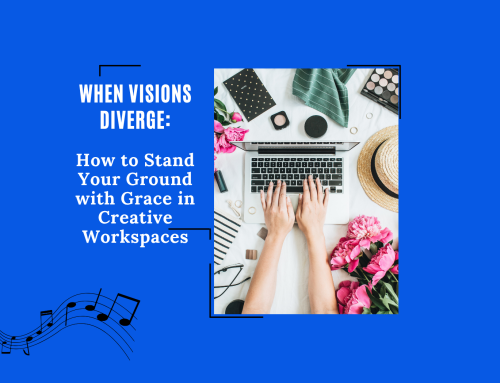
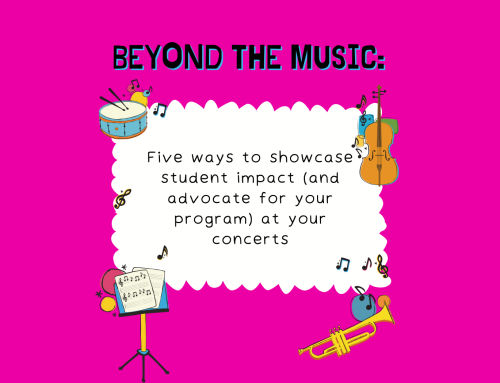
Laura, your growing freedom of expression through your words and through your music leaves me almost speechless. Thanks for your vulnerability.